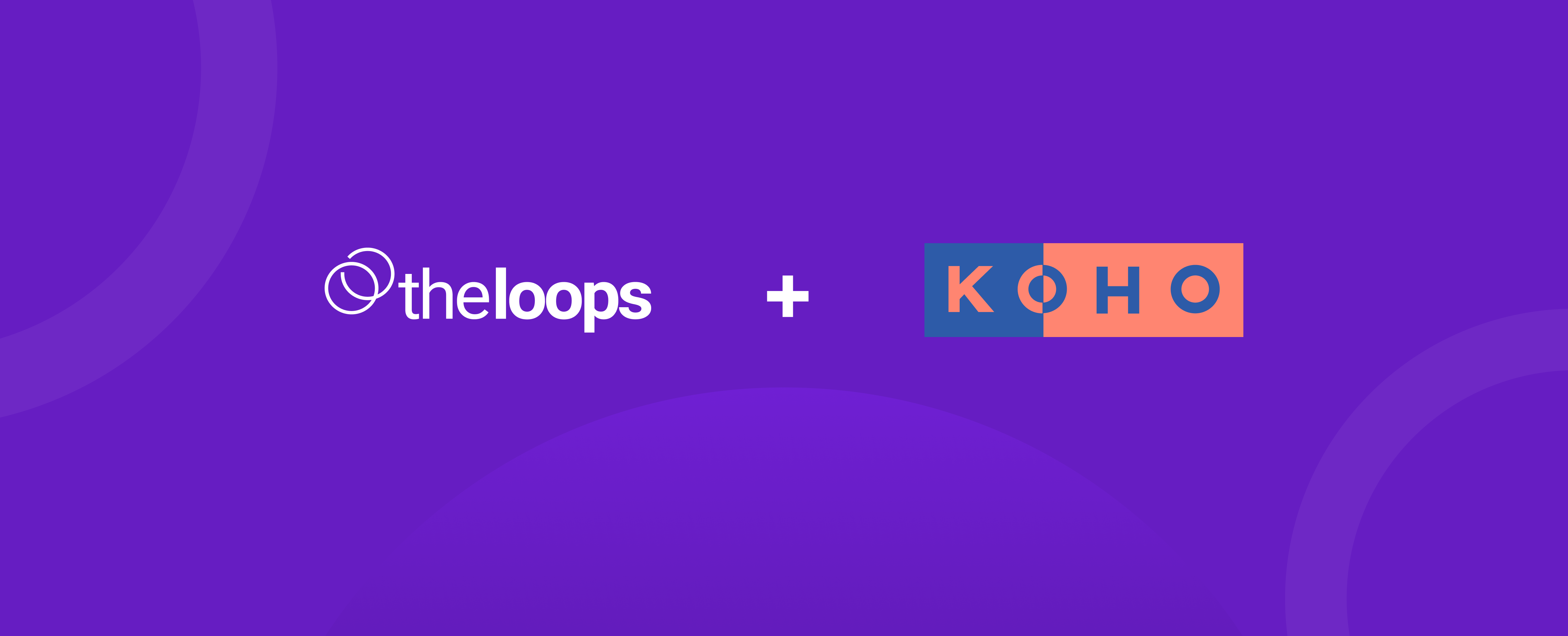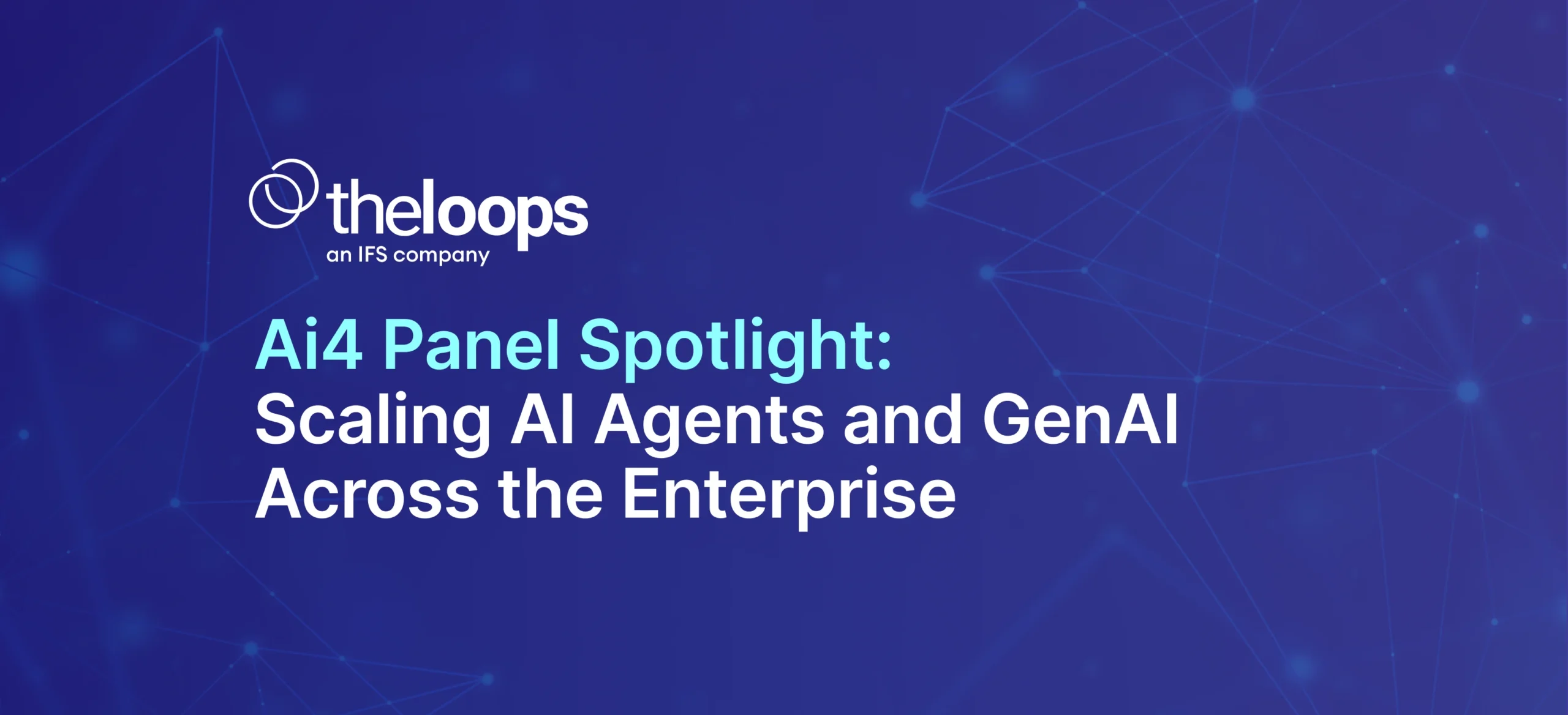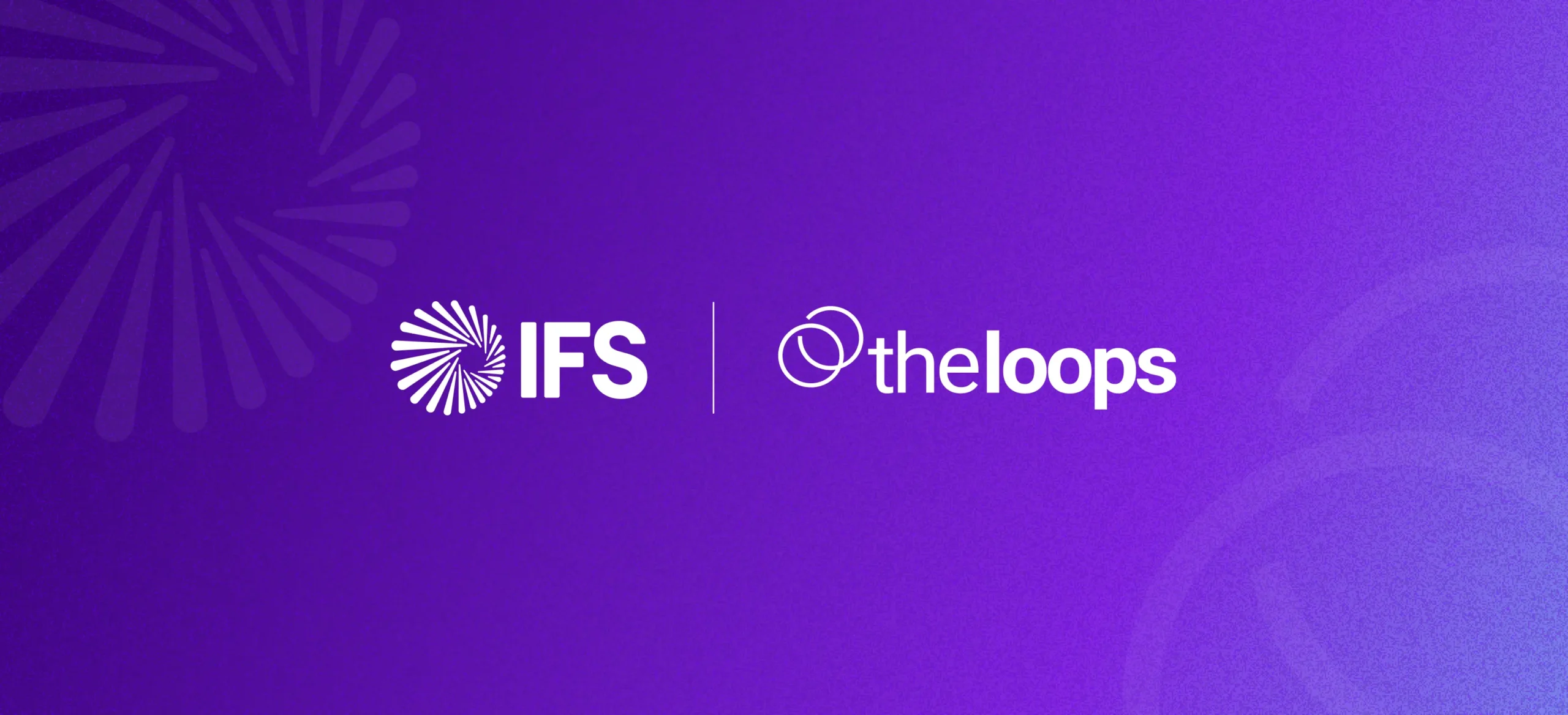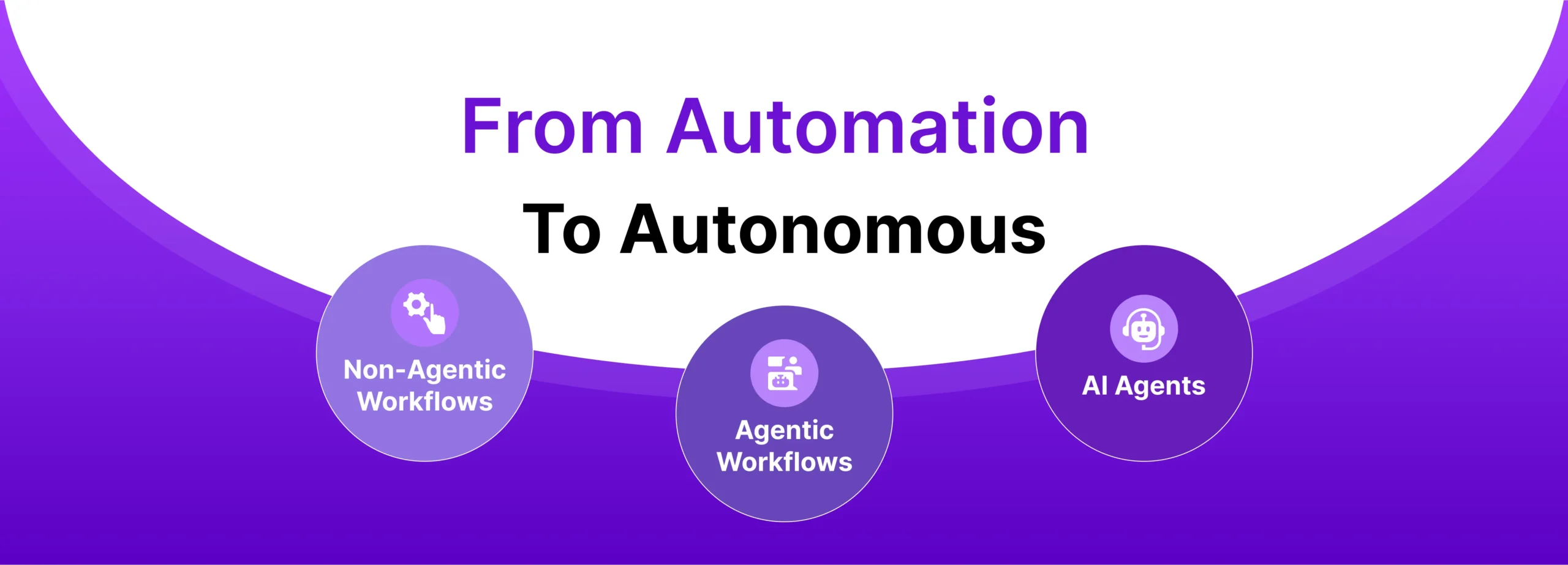Given our line of work, we’ve had the privilege of interviewing support leaders who are at the forefront of AI adoption for CX.
While most articles surrounding AI speak to its promise and impact, our aim is to provide you with tactical and actionable ideas. In specific, to evaluate AI for CX and integrating it into your operations.
To help you plan for AI in your business, we’re sharing tips from Monika Aufdermauer, VP of User Success at KOHO, on how to successfully integrate AI for CX into your strategy.
Monika has leveraged TheLoops AI to:
- Improve agent productivity
- Uncover gaps across support quality
- Discover major CX issues
- Transform operations (bye bye surveys, hello predictive CSAT) and
- Collaborate with her product team to resolve issues all while saving costs in the same fell swoop
In this article, Monika shares her recommendations. She covers how to incorporate AI into your business strategy. She also discusses how to identify key team members. Finally, she explains how to manage AI performance expectations.
Uncovering the Need for AI 2.0
Monika and her team had extensive experience deploying various forms of AI prior to TheLoops. In fact, what they initially relied upon was their chatbot. Even with that in place to help deflect tickets, Support operations were at a plateau.
For one, the Support team experienced increasing ticket volumes. This made it difficult to identify recurring trends and topics across thousands of interactions.
Monika, who was already using a Business Process Outsourcing (BPO) service, also wanted to standardize support quality for customers while maintaining consistency.
Recognizing the potential of AI for internal operations and performance, Monika decided to explore different use cases to streamline support processes and address these challenges.
Her goals were pretty clear for implementing AI for CX at KOHO.
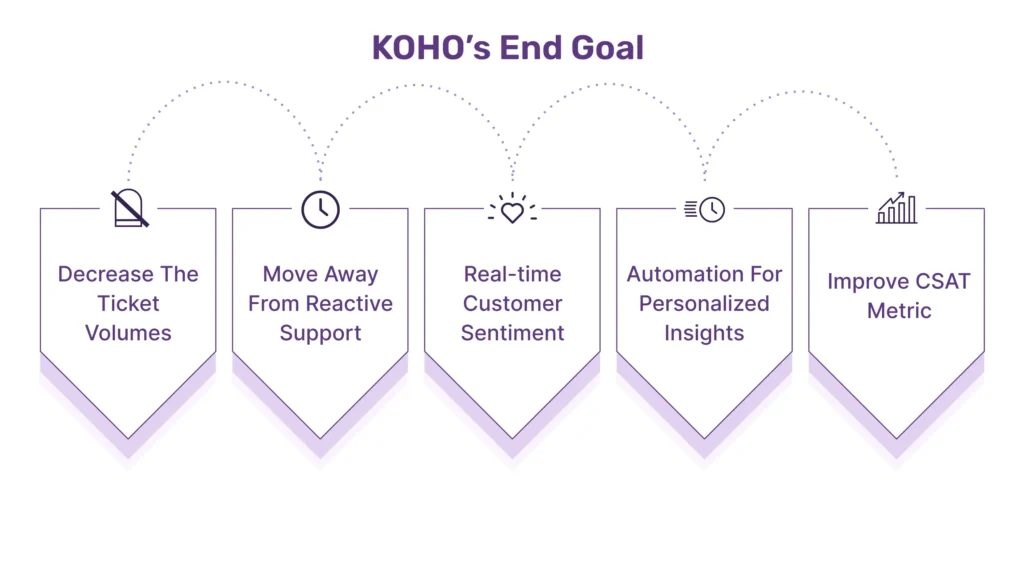
With this in mind, Monika knew an AI for CX operations platform was her preferred path forward at KOHO.
She learned about TheLoops’ robust integrations and topic trend analysis, later discovering the auto-classification, AI-driven routing, and AutoQA. All of it could be implemented in weeks, not months. This made her even more excited.
You can read her results from on TheLoops AutoQA which helped KOHO save $400k, improve CSAT from 4.1 to 4.6 and go from 1% of tickets QAd to 100%.
With TheLoops AI in place, here’s how KOHO’s CX operations started to change:
- KOHO restructured their QA team. Members were repurposed into a training function. This ensured support quality remained consistent. It also meant emerging issues from AutoQA were quickly addressed
- Using TheLoops reports, dashboards, and metrics, Monika was able to review and analyze support trends and performance immediately, then brought these findings into bi-weekly meetings with the product team and monthly leadership meetings
- QA insights helped agents improve their performance. But the team also used them to highlight and praise excelling agents. This led to boosts in employee morale and retention.
- KOHO went from having agents tag 40% of tickets manually to AI tagging 100% automatically, resulting in more accurate tracking and analysis of customer issues especially for the product team
- QA coverage underwent a momentous shift: whereas 1% of tickets were manually reviewed for quality assurance before, TheLoops helped KOHO QA 100% of interactions right away
Because she didn’t need multiple point solutions to achieve these results, Monika and her team were able to immediately analyze every single interaction, improve efficiency, and find hidden savings through TheLoops platform.
With this in mind, here’s how she suggests you roll out your AI initiatives specific to CX operations.
Engage Stakeholders From The Start
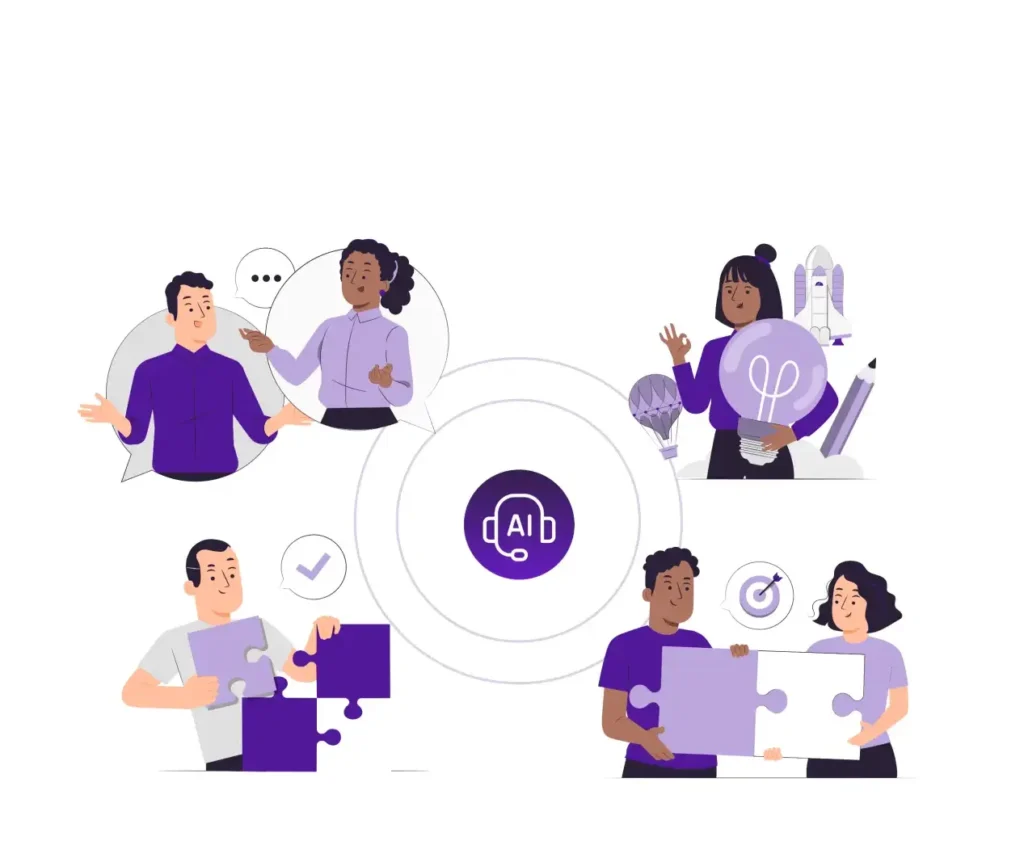
Successful AI adoption requires the involvement and support of various stakeholders, and KOHO was no exception. To initiate their adoption process, Monika’s team began discussing AI’s impact on CX operations in weekly all-hands meetings.
Their primary focus was two-fold: (1) reassure team members that AI was there to help them uplevel their skills, advance their careers, and (2) speak to how it would increase their impact on the company.
Monika states, “At the end of the day, AI is coming, whether we like it or not, and it’s definitely driving change. The faster you embrace it, the more success you’ll achieve with your internal teams. Adapting to these changes is crucial for the longevity of your career. In five or ten years, the landscape of customer service will totally be reinvented from what we know today.”
Beyond internal team discussions, Monika emphasizes the importance of collaboration between different departments, especially product and user success teams, to ensure a seamless integration of AI-driven insights.
Similar to what Gainsight’s Support leader Steven Davis shared during his Fireside chat session, a cross-departmental approach is crucial in building a coalition of stakeholders, which helps align AI initiatives with overall business goals and secures the necessary resources and buy-in.
Reflecting on the process, Monika notes, “Engaging stakeholders top-down from the beginning was key to our success. This approach transformed our AI initiative from a departmental project into a company-wide initiative and change.”
Throughout the implementation process, continuous communication with TheLoops also played a vital role for KOHO. It not only kept all parties informed but also fostered a culture of transparency and collaboration, which proved crucial for successful implementation.
On Identifying the Right Implementation Team
As you get your internal conversation around AI for CX flowing, the next crucial step is identifying your implementation team. Who will be responsible for working directly with your AI partner, checking in on milestones, ensuring accuracy and functionality, and overseeing the entire deployment process?
Monika encourages you to think about this now and consider who will be the point person or key members. These individuals should be involved from the very beginning, participating in initial discovery calls, attending product demos, and playing a pivotal role in setup and deployment.
For example, when implementing TheLoops, KOHO already had a dedicated group in place for adopting AI, in this case, for CX. “We have a strategy and innovation hub, a forward-thinking team that looks at initiatives like this. Our tools admin in that group took the lead on ensuring everything integrated smoothly. We then assigned much of the QA to our QA lead. It would become her domain to access the insights and craft coaching and training sessions.”
Monika leveraged agents and other managers to streamline the model’s fine tuning and training process. With everyone using and providing feedback to TheLoops AI models, there was very minimal effort required to improve adoption.
In fact, Monika and her team could clearly see that they gained valuable insights from TheLoops within mere weeks.
By identifying and engaging your implementation team early on, you set this investment up for success and ensure a more efficient and effective AI integration process.
Improving Customer Insights: Moving Away From Lagging to Predictive CSAT
At the time of her implementation, KOHO’s approach to customer satisfaction was also changing. Monika identified a limitation that many CX leaders spot in their existing CSAT model—it relied heavily on customer feedback, which wasn’t always forthcoming. This realization raised an important question—why wait for customers to express frustration when KOHO could predict it and fix it immediately?
Monika’s vision was clear. She wanted to shift from reactive support to proactive support. “I wanted to compare sentiment to CSAT to understand if they’re correlated,” she explained. This wasn’t just about gathering data; it was about leveraging it intelligently.
The problem with traditional CSAT was blaring. “Asking customers questions is great, but it’s reliant on them replying to us. It’s not all of the data,” Monika pointed out. This led to an idea: what if KOHO could identify negative experiences without explicit customer feedback?
“How can I eliminate that part of it? How can I use the prediction and sentiment analysis to really direct my service recovery team?”
The potential for prediction was ignited. By moving away from waiting for customers to voice their frustrations, KOHO could dramatically improve CX overall.
How can you and your team benefit from this practice? Move away from CSAT surveys. ”You’re losing so many people if you wait for someone to tell you they’re upset,” Monika reminds leaders.
This forward-thinking approach has already improved KOHO’s customer service delivery. By leveraging predictive analytics and sentiment analysis, they now identify and address issues before they escalate into customer complaints.
Here’s one more thought on how Monika suggests you rethink this, specifically what you measure and how you measure it:
- Predictive CSAT using real-time sentiment signals is the path forward given its scale, scope and accuracy.
- You should see a positive correlation with how this immediately improves your CSAT scores and fundamentally enhances your customer experience delivery through hyper targeted, focused, data-driven insights.
Bot Governance Will Help Your CX Ops, Too
While Monika initially focused on agent efficiency, she soon realized that ensuring bot efficiency was equally crucial.
If you haven’t thought of this before, Monika encourages you to embrace it now especially as companies increasingly deploy GenAI and virtual agents as part of their customer-facing AI solutions.
Another key takeaway is to split your metrics. In other words, measure bot CSAT and agent CSAT separately, not blended.
“We separated the metrics between human CSAT and chat CSAT. We’ve been measuring CSAT on the bot since adopting chatbots several years ago. I’ve always wanted to have customer satisfaction visibility specific to the bot as well. But not all leaders do this, blended CSAT is not the full picture.
Once KOHO implemented TheLoops and started running all bot interactions through QA, the team gained visibility into ticket sentiment.
“We could also see the tags from those chats, allowing us to include bot interactions in our conversations and data with the product team. In essence, we have AI QA-ing our AI: we are officially a few steps ahead into the future of CX at KOHO.”
Managers and VP’s: carve out discussion time around bot measurement and lean into the possibility of AutoQA for chat and virtual agents.
On Getting Over The Perfection Hurdle
Most people think AI needs to be perfect and if they’re implementing it, the accuracy needs to be 100% from day one. However, AI accuracy is not a silver bullet.
A perfectionist mindset can hold you back from implementing AI for support ops, something you can’t afford to miss. Monika has addressed this concern specific to data management and accuracy really well. “Our data wasn’t perfect when it was managed entirely by humans.”
Instead, she suggest you focus on the gains and gaps you can cover as your initial quick wins.
For example, KOHO’s strategy and innovation team would manually pull reports and analyze ticket data. Each time, they faced the same recurring challenge— only 46% of tickets had been tagged.
To make up for the gap, they would then extrapolate to estimate what the numbers would be if 100% was tagged: back of the napkin math that was directional to say the least.
With TheLoops, Monika was able to redesign the entire process and speak with more certainty.
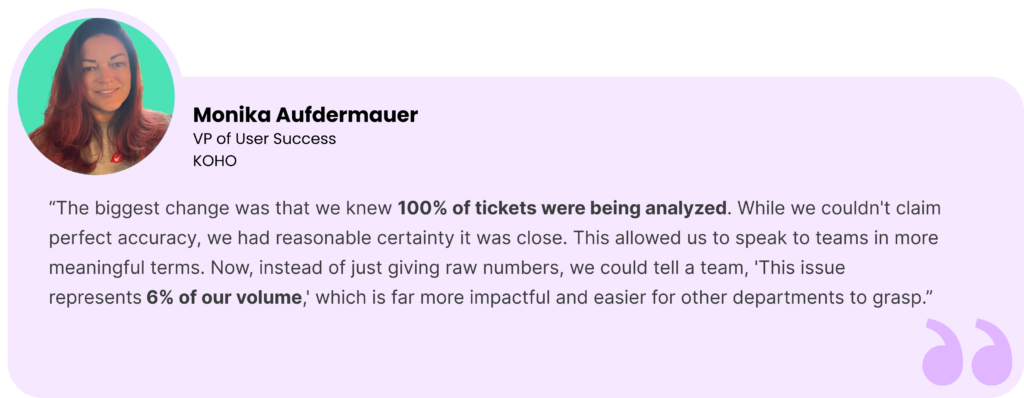
Monika points out, “If we’re talking about being 80% correct with using AI and TheLoops in particular, we’re already doing better than we were before.”
Improvements should be the goal over perfection. Focus on the tangible benefits of AI. Don’t wait for an unattainable level of perfection. You can start reaping the benefits across CX operations much sooner.
Wrapping Up
Implementing AI in customer support isn’t about deploying every use case right away or having 100% accuracy on day one; it’s about compounding improvements and efficiency gains. By integrating AI solutions into CX operations, companies can save valuable time. This allows their support teams to handle more tickets effectively.
Additionally, AI can provide better insights without the need for your team to spend countless hours compiling reports manually. This increased efficiency not only improves productivity but also significantly enhances the overall quality of customer support.
As Monika’s experience demonstrates, AI-driven platforms can significantly improve CX operations, even if they’re not flawless from day one. And don’t forget to upskill and involve your team.
Looking for a partner to help you in improving the support operations of your organization? Check out TheLoops.
